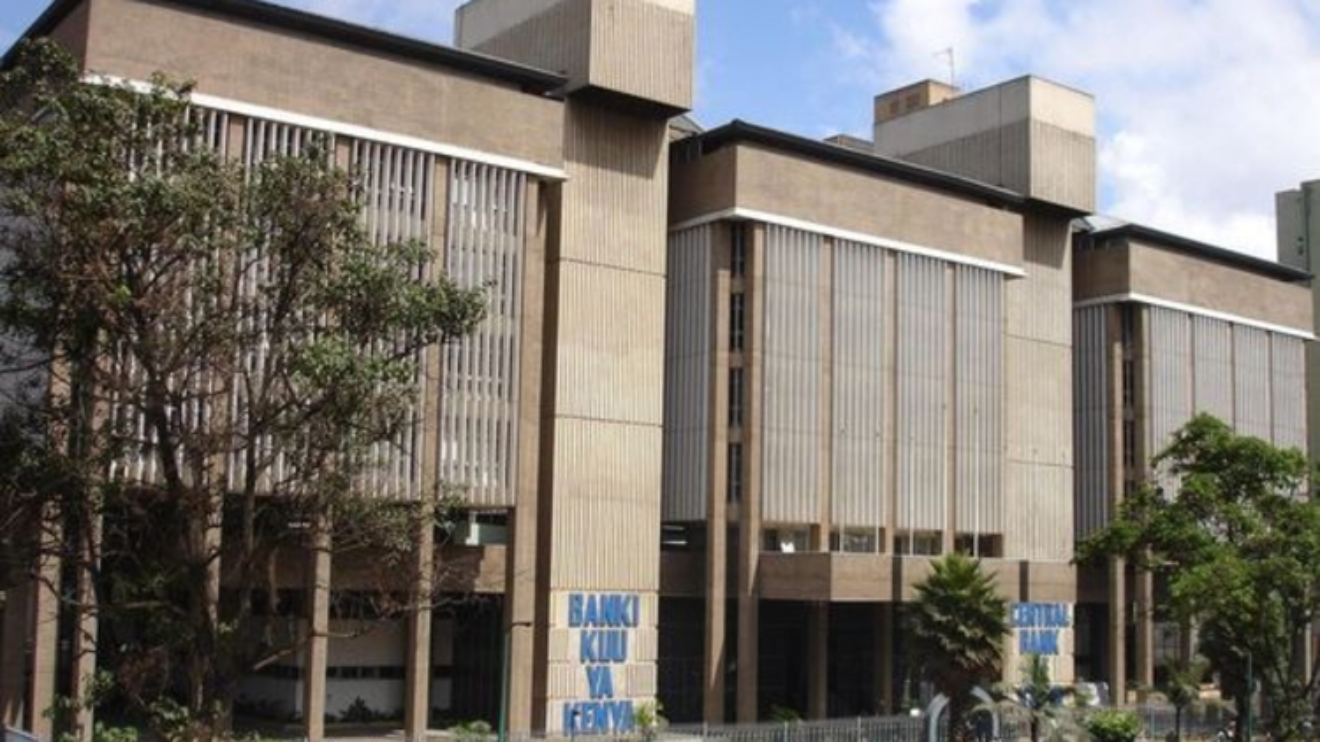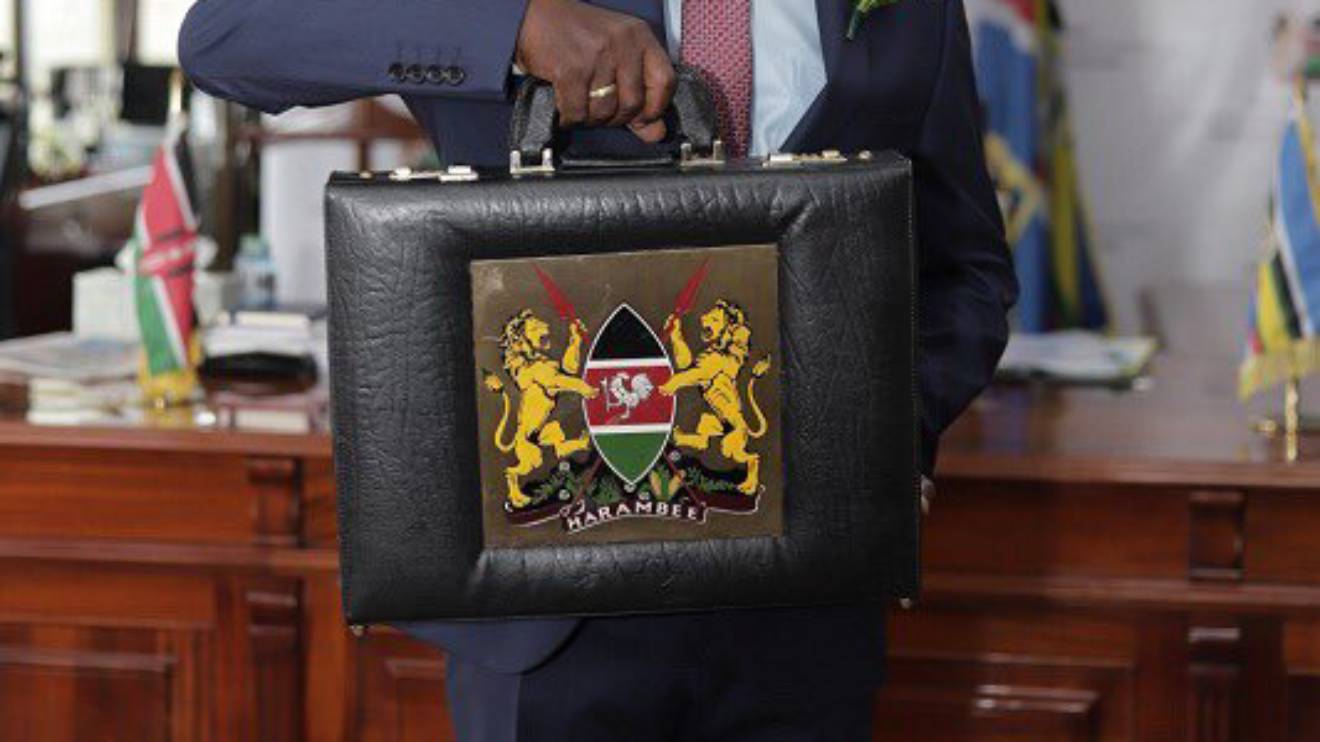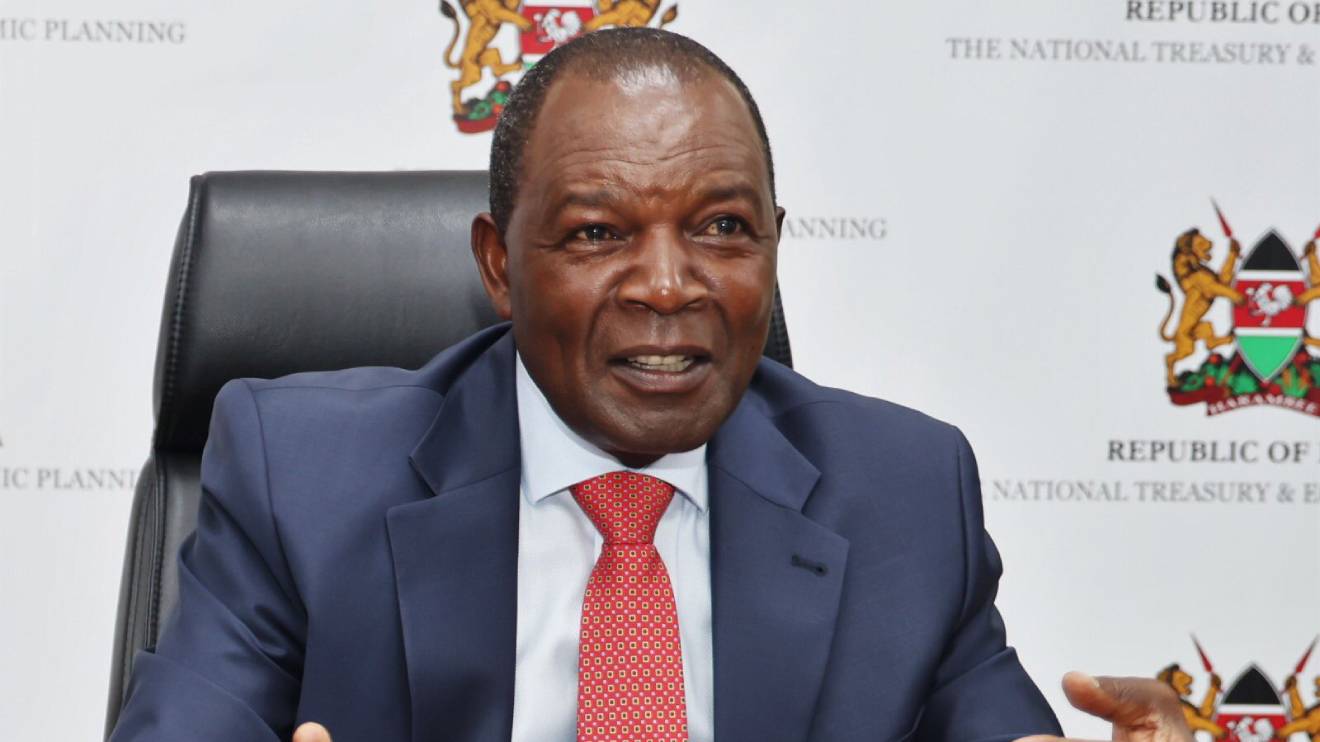The Central Bank of Kenya recently released data revealing that the nation's debt from the World Bank surpassed Sh1.5 trillion in June, due to increased disbursements and the depreciation of the shilling.
At the end of the previous financial year, Kenya's outstanding loan to the multilateral lender stood at Sh1.57 trillion, marking a significant rise from the Sh1.46 trillion recorded at the end of May.
The substantial Sh110.9 billion growth within a single month now signifies that nearly 60 per cent of Kenya's total obligations to multilateral lenders are associated with the World Bank.
This exponential increase in external debt has been attributed to the new disbursements in the last month of the financial year and accelerated by the sustained depreciation of the local currency, which has depreciated by 17 percent since the beginning of the year.
"The Sh309.4 billion increase in external loans is attributable to disbursements made during the month and depreciation against major currencies," the Treasury explained in its release.
Read More
The robust performance of the US dollar, bolstered by its ascent against weaker currencies since the onset of the pandemic and exacerbated by geopolitical tensions that disrupted international trade, has placed additional strain on Kenya's foreign debt obligations.
As the data reveals, 73 per cent of the country's external debt is owed to a quartet of significant lenders, including the World Bank, Eurobonds, China, and the African Development Bank, culminating in a collective debt of Sh3.97 trillion.
The country's growing dependence on these financial partners for infrastructure development and fiscal support has placed Kenya in a challenging situation as it endeavours to manage the escalating debt service costs.
The Treasury anticipates that the total debt service costs for the current financial year will soar to a record Sh1.62 trillion, with 38 per cent of this amount designated for external lenders.
This means that the Sh1.6 trillion allocated for debt servicing represents a substantial 64 per cent of the total ordinary revenue that the Treasury hopes to collect in the year ending June 2024.
Kenya's exposure to foreign currency risk is significant, with the country's total debt to external lenders reaching Sh5.4 trillion in June.
By the end of August, this figure had risen to Sh5.7 trillion, representing a substantial 54 per cent of the total public debt.
The consequences of this high exposure to foreign currency risk will be acutely felt as Kenya prepares to retire the 2024 Eurobond, which will deplete $2 billion from its reserves, translating to approximately Sh300 billion.
These developments raise concerns about Kenya's ability to manage its growing external debt and the associated foreign currency risk.
As the country grapples with the challenges of servicing this debt, it becomes increasingly important for policymakers to carefully navigate the financial landscape to secure Kenya's economic stability and growth prospects in the face of mounting financial obligations.










